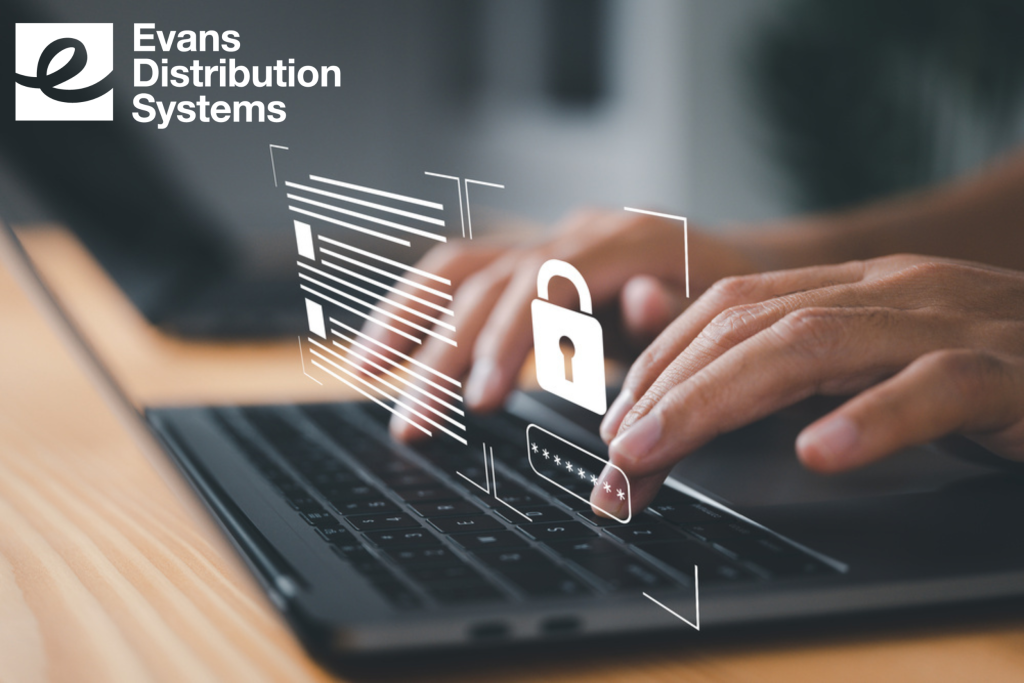
Ecommerce merchants striving to provide a seamless online experience can fall victim to return fraud. Return fraud occurs when a buyer returns merchandise that does not qualify for a refund or was never purchased. High return rates have amplified the challenge and the expense for merchants.
Types of Return Fraud
- Returns of used or stolen merchandise: Returning items that have been used or stolen.
- Credit card fraud: Disputing legitimate credit card charges.
- Receipt fraud: Manipulating a receipt by altering its value.
- Returning merchandise purchased from another vendor: Returning items bought elsewhere.
- Returning counterfeit goods: Submitting fake items for a refund.
- Empty box returns: Initiating a return but keeping the merchandise.
- Multiple returns: Exploiting sales and discounts to make multiple returns.
- Item never received: Claiming an item was never received to get a refund.
- Damaged item: Claiming an item is damaged and returning a different or cheaper item.
- Empty package: Claiming to have received an empty package.
- Price manipulation: Swapping out the price tag on an item and returning it.
- Employee fraud: Employees stealing and returning merchandise that was never purchased.
Protecting Yourself from Return Fraud
Fortunately, there are several ways to protect yourself from return fraud. The first step is to create an effective return policy. A clear return policy should outline the returns process and timeline and be easily accessible from the seller’s website, confirmation emails, and package paperwork.
Additional protective measures include:
- Add a deadline for returns.
- Require a receipt: Inspect it for the date and location.
- Require carriers to have proof of delivery.
- Maintain purchase records: Use a database or retail management system.
- Educate and train staff to detect fraud.
- Verify customer identification on returns.
- Only refund money by credit card or store credit: Avoid cash refunds.
- Add a restocking fee for big-ticket items.
- Use returns management software: Track returns, inspections, and inventory.
Returns Management
Returns management software not only deters fraud but also aids in inventory management and customer service. Brands and retailers understand the importance of a positive customer experience, especially when consumers are returning products.
Customers generally want the following when it comes to returns:
- Easy and seamless returns process
- Free return shipping
- Alternative or convenient drop-off locations
- Quick refunds
- Effective communication
- Status updates throughout the process
Ultimately, the goal is to develop a trustworthy relationship with your customers based on positive experiences. While there will always be a few bad actors intent on fraud, striking a balance between protecting your business and simplifying your returns process helps to create a loyal customer base.
